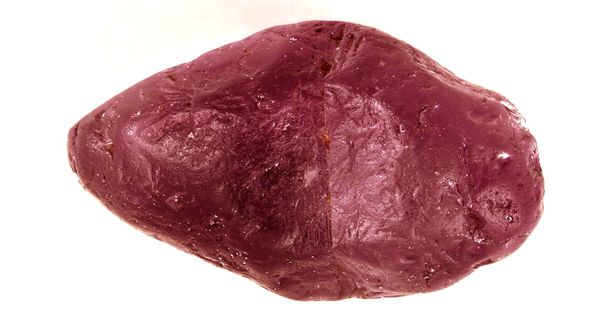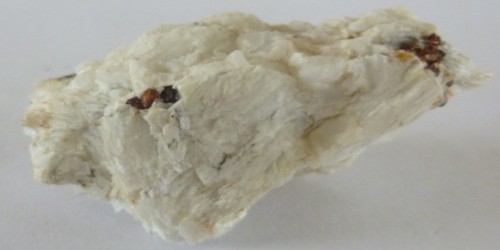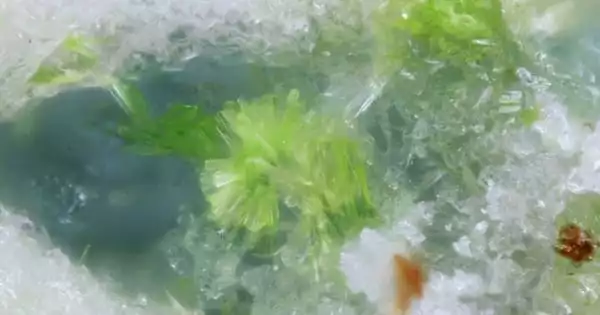Musgravite is an extremely rare member of the taaffeite family that was discovered in 1967 in the Musgrave Range of South Australia. It is also known as magnesiotaaffeite-6N’3S is a rare oxide mineral used as a gemstone. It is a member of the taaffeite family of minerals, and its chemical formula is Be(Mg, Fe, Zn)2Al6O12. Because of its similarity to taaffeite, it is probable that some stones originally thought by their owners to be taaffeites are actually musgravites.
Its type locality is the Ernabella Mission, Musgrave Ranges, South Australia, for which it was named following its discovery in 1967.
General Information
- Category: Oxide minerals
- Formula: (repeating unit) (Mg, Fe, Zn)2BeAl6O12
- Crystal system: Trigonal
- Color: Grey-green to green

Properties
Its hardness is from 8 to 8.5 on the Mohs scale. It is one of the rarest of all gem species. Tested and certified faceted Musgravites are exceptionally rare. Musgravite is closely related to Taaffeite and the separation between the two is based on magnesium content. Due to its rarity, the mineral can sell for roughly USD$35,000 per carat.
- Fracture: Conchoidal
- Mohs scale hardness: 8–8.5
- Luster: Vitreous
- Diaphaneity: Transparent
- Specific gravity: 3.62–3.68
- Optical properties: Uniaxial
Occurrences
Musgravite is a member of the taaffeite mineral group composed of spinel and modified nolanite modules with beryllium (Be), magnesium (Mg), and aluminum (Al) as primary constituents.
Musgravite has been found at the Type Locality 16 km north-northeast of Ernabella Mission, Musgrave Ranges, South Australia; along Casey Bay, Enderby Land, Antarctica, and at Dove Bugt, northeast Greenland. The only sources of facetable crystals are at Tunduru, Tanzania, and a very limited find in 2009 at Mogok, Burma.
Information Source:
















